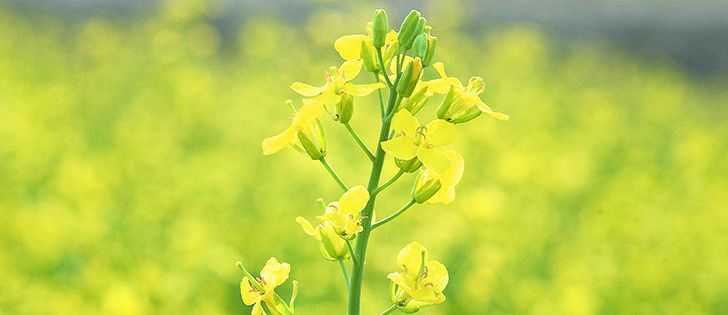BROOKS, Alta. — Australia can do it, so Canada can do it too.
As blackleg slowly makes a comeback in prairie canola crops by overcoming varietal resistance, researchers are screening the varieties for their durability.
Ralph Lange, a researcher with Alberta Innovates Technology Futures, said Australian researchers have identified canola varieties with similar resistance genetics. With that knowledge, farmers can ensure they choose varieties with different resistance each time they seed canola. Then blackleg doesn’t get the chance to adapt.
“In Canada, we don’t know which variety is compatible or incompatible with another, in terms of stubble types,” Lange said during a July 31 field day.
Read Also

New wheat varieties offer Prairie farmers jump in yield
Three experimental wheat varieties developed by Agriculture Canada are showing yield increases of eight to 15 per cent over AAC Brandon wheat in registration trials.
“I plant variety A, then wheat, then variety A again, and now blackleg has adapted to genetics we’ve thrown at it, so essentially I’m feeding it. Those reshuffled genes have the food source for which they’ve been selected.”
Farmers have long been advised to change seed varieties and avoid using the same one when they next plant canola in their rotation. The idea is that different varieties have a different genetic basis for their resistance to blackleg.
“Unfortunately, that’s not always the case, because the breeders could have used similar genetics. Even though variety B may have different maturity or height or something… its resistance genetics could be quite similar,” Lange said.
Once Canadian researchers have grouped canola varieties by their type of genetic resistance, growers will be able to alternate their variety selection and slow blackleg’s adaptation.
“It will take several years, but it’s not rocket science. We’re assuming that conditions and genetics are similar to the situation in Australia and that there’s enough variability among varieties, that they’re going to react differently enough, that we can have a number of resistance groups.
“If they (Australians) can do it, we can do it too. We’ll take a similar approach and see how that works.”
Lange said breeders continue to work on novel forms of blackleg resistance, which is also likely to yield results. Not all existing varieties are seeing the breakdown of blackleg resistance, he added, but some are.
“We are documenting what varieties are showing increased blackleg and in what locations across Western Canada, just to get something a little better than anecdotal evidence or scattered examples.”
Changing herbicide types on canola is also recommended as a protection. The majority of canola acres are herbicide resistant varieties, so changing herbicides helps control volunteer plants and the blackleg fungus can’t use them as a reservoir.
















